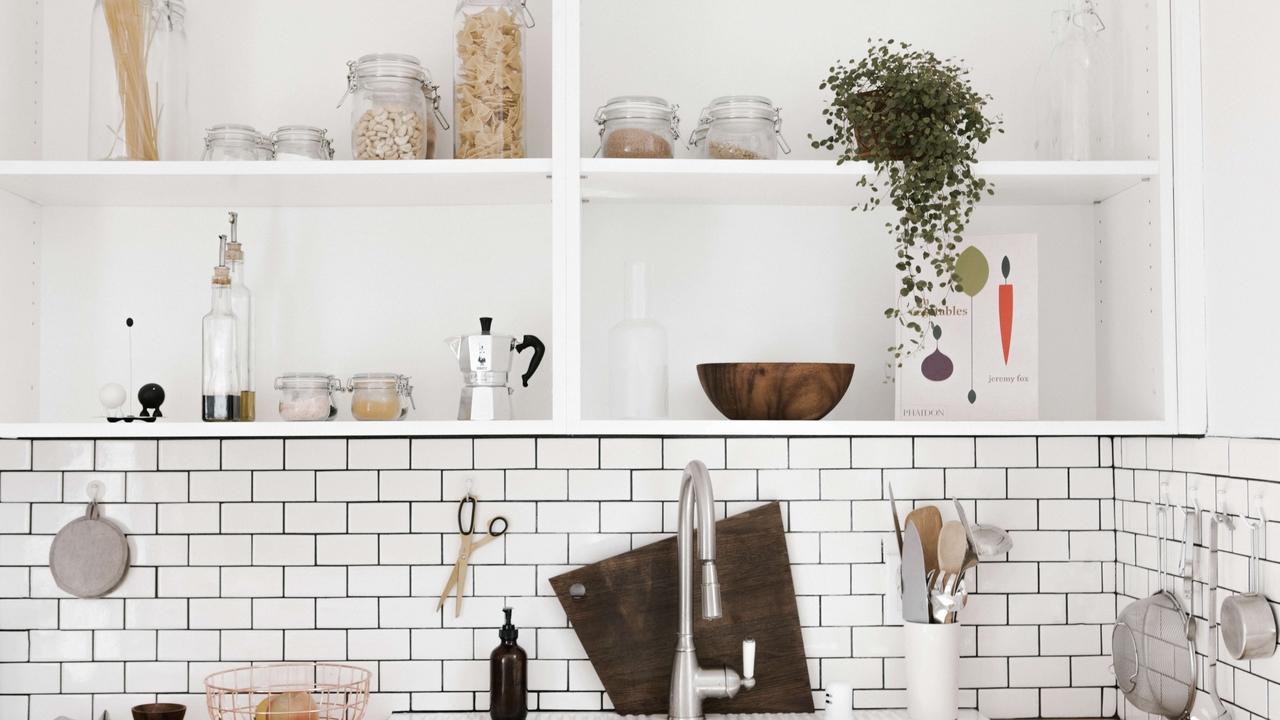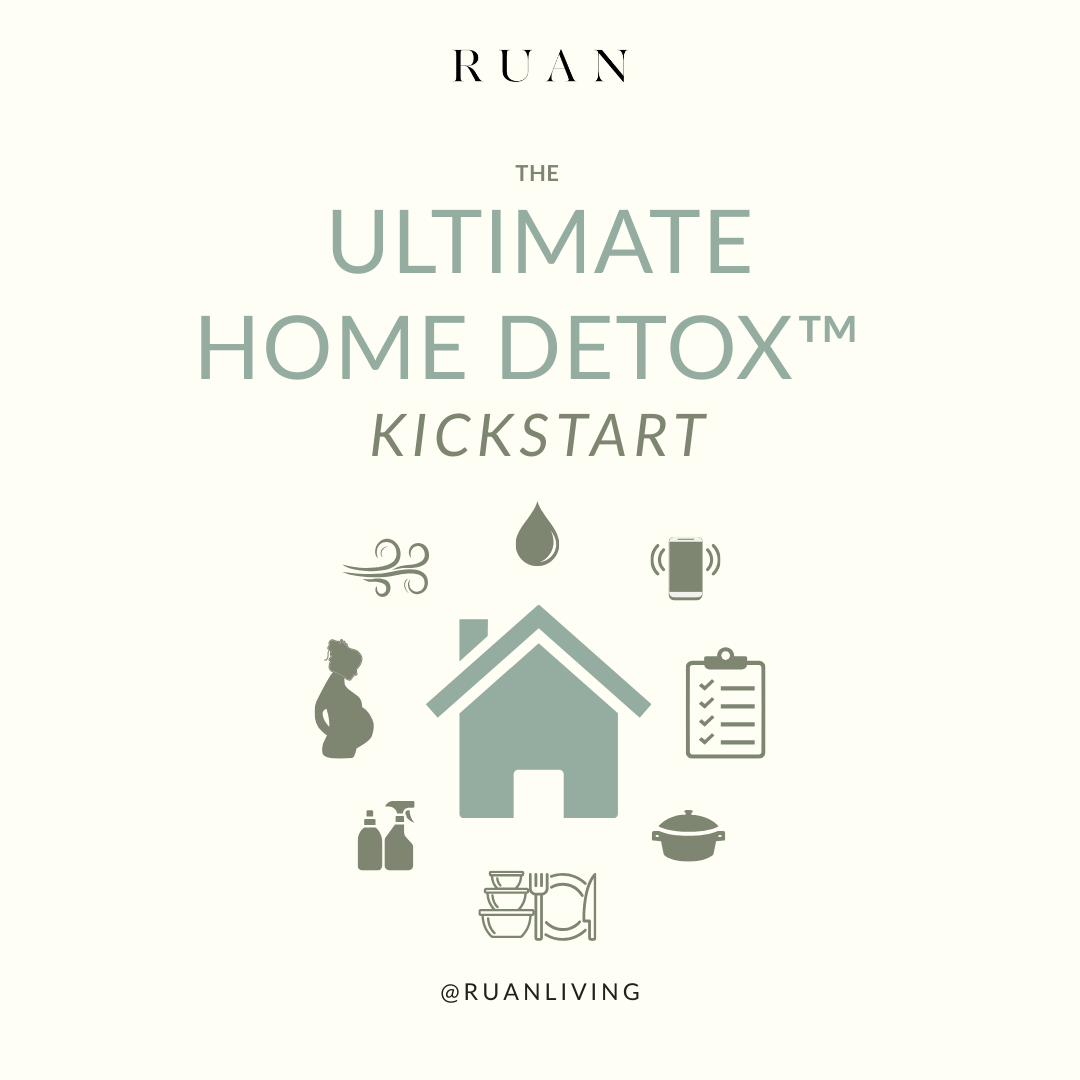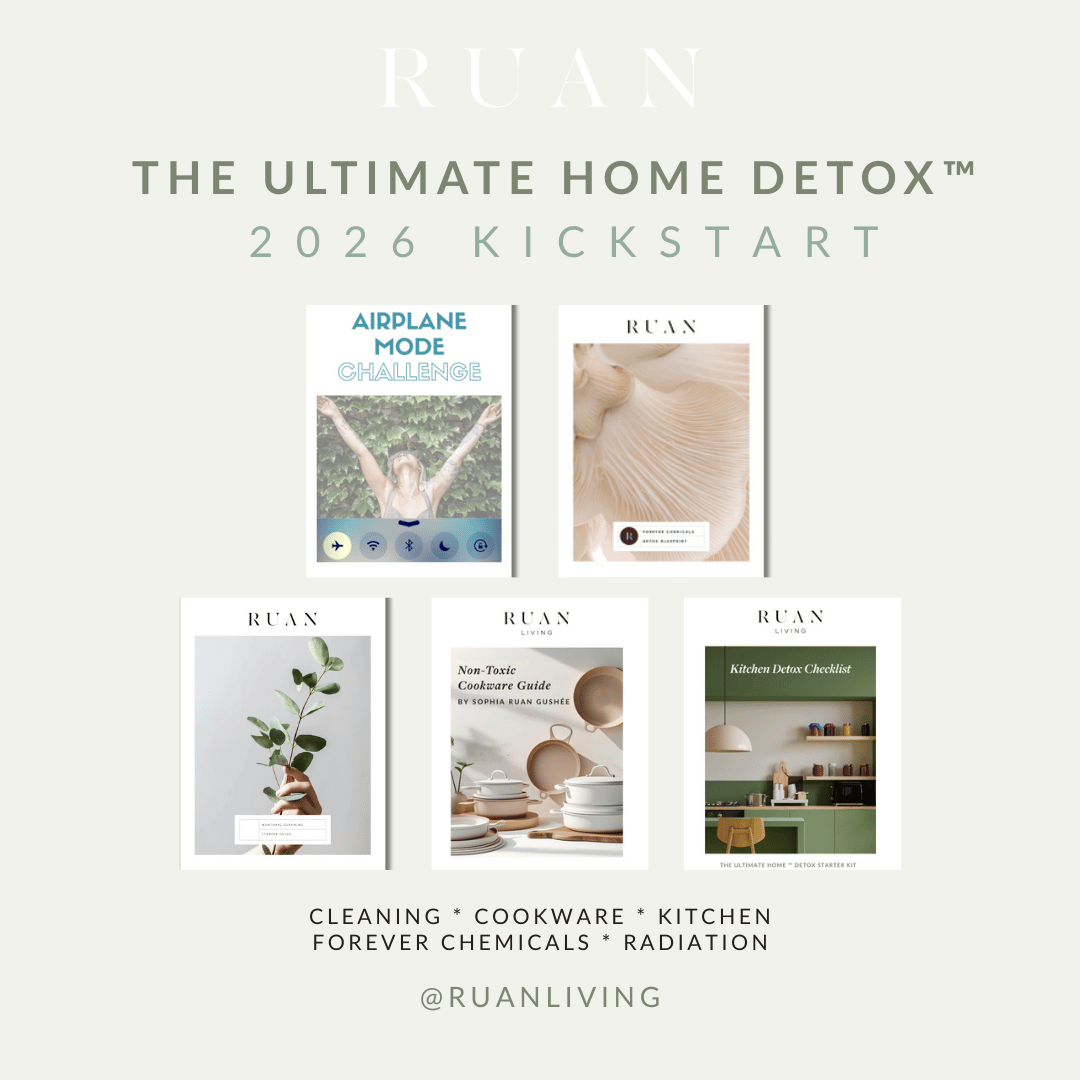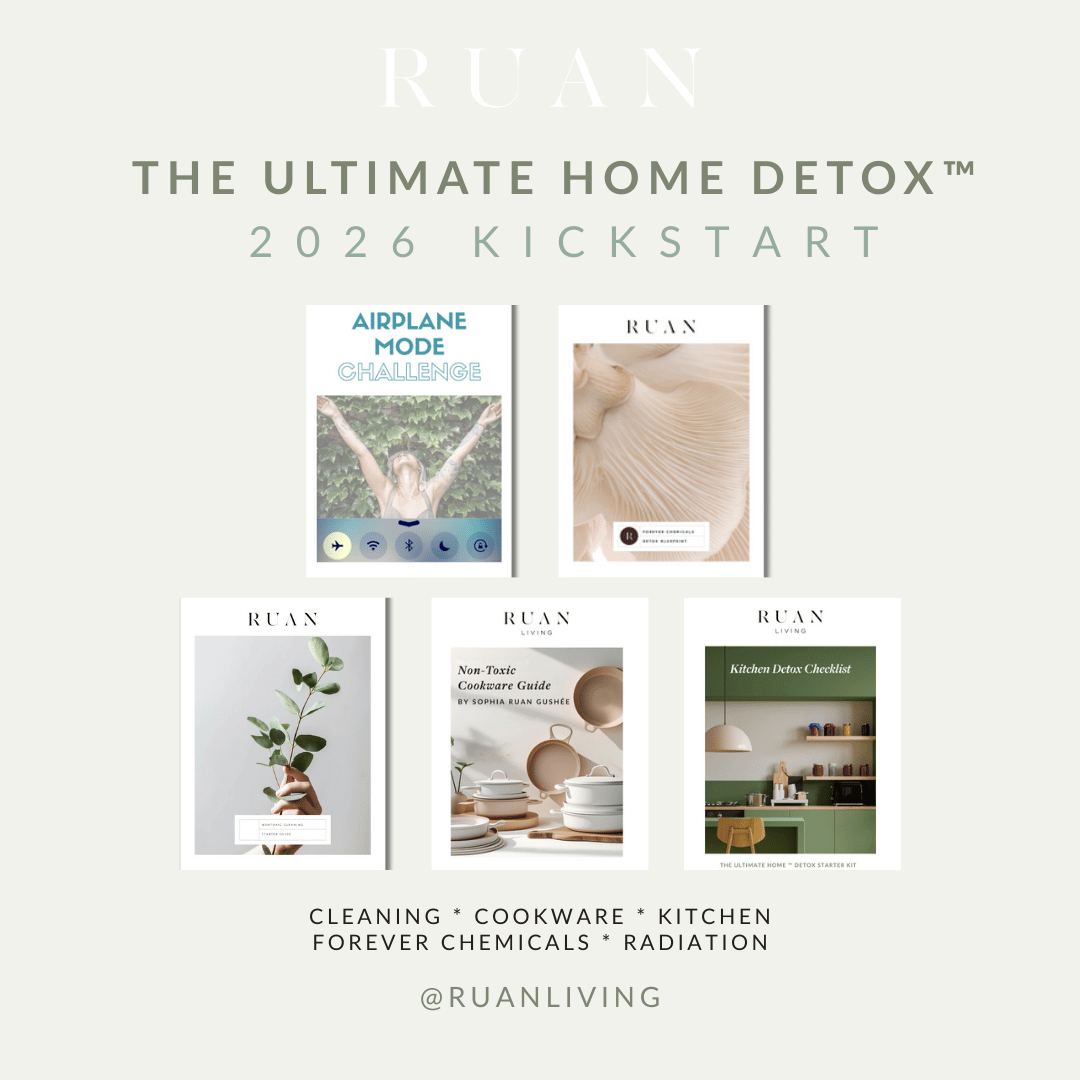
Are "green" building materials and interior furnishings healthy?
May 02, 2018by Angela Cummings and Sophia Ruan Gushée
Building and renovating our homes are opportune moments to create a healthy indoor environment since building materials (like floors and cabinets) and interior furnishings (like paints and furniture) have a meaningful influence on our indoor air quality.
First, keep in mind that "green" is not necessarily "healthy."
"Green" is not necessarily healthy
People often assume that products marketed as "green"—or planet-friendly—are also fine for human health. This should not be assumed.
Words like “energy efficient,” “water conservation,” and “recycled” are examples of environmentally-focused companies and products. These labels address the mindfulness of natural resources—not necessarily the impact on human health.
As I researched for the least toxic building materials for renovation projects, I realized how few products—including "green" products—were considerate of human health: How the chemicals in our everyday products may affect biological processes and development. A growing body of science is showing that building materials often contaminate the indoor environment.
Are there products that are mindful of both human and environmental health?
Yes! To start, identify a contractor, store/manufacturer, and/or decorator that are focused on selections that are not just "green" but also “healthy.” Many people in the construction and decorating fields—and people in general—confuse “green” with “healthy.” When interviewing contractors, materials' suppliers, and store personnel, assess how informed they seem to be on products that are mindful of both human and environmental health. Explain the types of products you’re looking for, such as:
- zero- to low-VOC wall paints, finishes, and adhesives
- 100% ceramic tile flooring
- solid hardwood table with zero-VOC finish
- couches made of 100% organic cotton and wool (and no chemical treatments)
Having these examples will help them understand exactly the type of healthy products you’re looking for, while increasing your success in updating your home into a healthier one!
Below are a few third-party organizations that certify products based on their impact on both health and the environment.
- Environmental Working Group (EWG). The EWG offers several consumer guides, including the EWG Healthy Living Home Guide, and EWG Guide to Healthy Cleaning.
- Green Seal. Green Seal certifies products and services, including paints and coatings, cleaners, and cleaning services.
- Global Organic Textile Standard (GOTS). GOTS has two levels of certification, each taking into account the impact of textiles on human health and the environment. Their textile certification is the most stringent certification for textiles.
- Oeko-Tex. Oeko-Tex has three different certifications for textiles and leather, with criteria that is agreed upon worldwide and that sets a worldwide consistency standard.
Related Content
- 10 Things to Consider When You Want to Remodel Your Home
- Choosing Nontoxic Wood Furniture
- Natural Wood Finishes That Are Safer
- Zero-VOC Paint Means Less Off-Gassing in Your Home
- Colorful and Nontoxic Wall Paint



